Country Thailand Mayor Tatsanai Puranupakorn | Area 40.216 km2 Population 148,477 | |
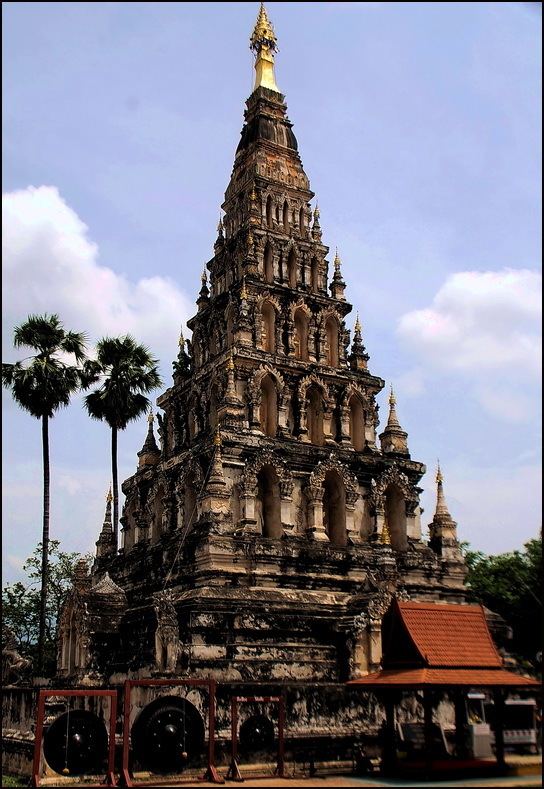 | ||
Points of interest Colleges and Universities Chiang Mai University, Maejo University, Payap University, Regina Coeli College, Phitsanulok College | ||
Map of Chiang Mai
Chiang Mai (, from Thai: เชียงใหม่ [tɕʰiəŋ màj], Lanna: ᨩ᩠ᨿᨦᩉ᩠ᨾᩲ᩵ [t͡ɕīaŋ.màj]) sometimes written as "Chiengmai" or "Chiangmai", is the largest city in northern Thailand. It is the capital of Chiang Mai Province and was a former capital of the Kingdom of Lan Na (1296–1768), which became the Kingdom of Chiang Mai, a tributary state of Siam from 1774 to 1899 and finally the seat of a merely ceremonial prince until 1939. It is 700 km (435 mi) north of Bangkok and is situated amongst the highest mountains in the country. The city sits astride the Ping River, a major tributary of the Chao Phraya River.
Contents
- Map of Chiang Mai
- Things to do in chiang mai thailand top attractions travel guide
- Chiang mai thailand top 10 attractions my travel crowd
- History
- Emblem
- Climate
- Air pollution
- Religious sites
- Festivals
- Language
- Museums
- Dining
- Education
- Nature
- Recreation
- Transportation
- Tourism
- Notable persons
- Twin towns and sister cities
- Chiang mai street food at chang phueak
- Restaurants in chiang mai thai food travel guide
- Northern thai food at huen phen in chiang mai
- References
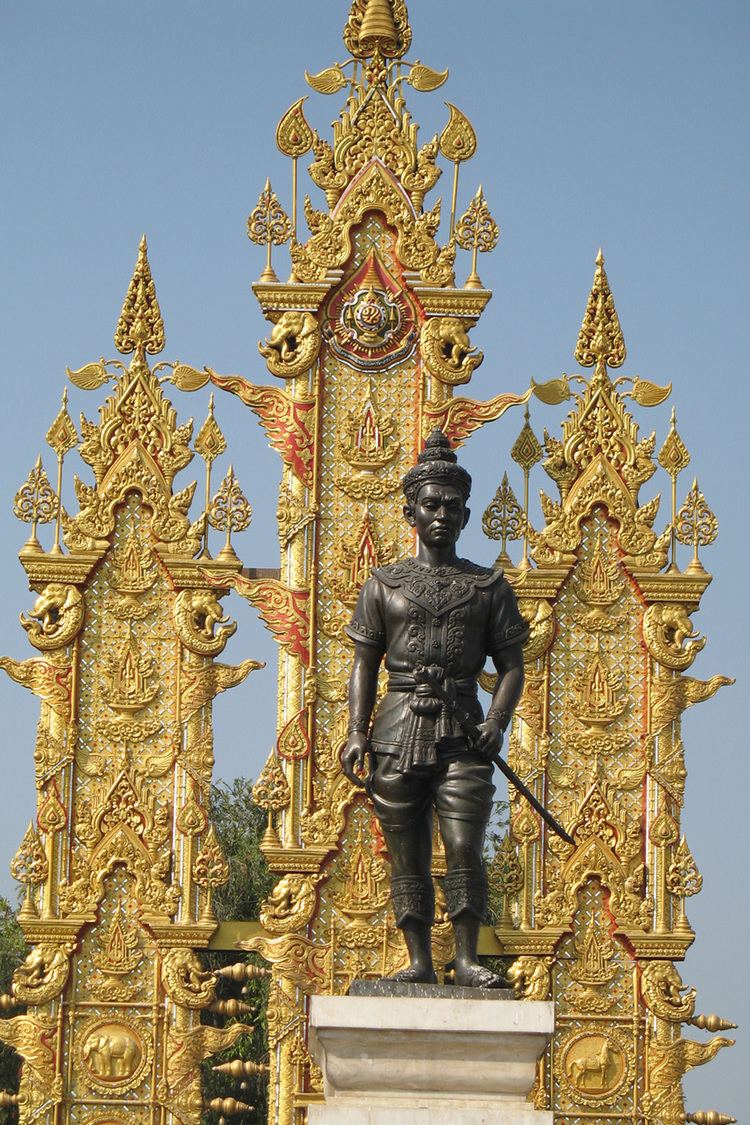
Chiang Mai means "new city" and was so named because it became the new capital of the Lan Na kingdom when it was founded in 1296, succeeding Chiang Rai, the former capital founded in 1262.

Chiang Mai gained prominence in the political sphere in May 2006, when the Chiang Mai Initiative was concluded between the ASEAN nations and the "+3" countries (China, Japan, and South Korea). Chiang Mai was one of three Thai cities contending for Thailand's bid to host the World Expo 2020 (the others were Chonburi and Ayutthaya). Ayutthaya, however, was the city ultimately chosen by the Thai Parliament to register for the international competition.

Chiang Mai has positioned itself to become a Creative City and is considering applying for Creative City status with UNESCO. Chiang Mai was one of two tourist destinations in Thailand on TripAdvisor's 2014 list of "25 Best Destinations in the World", where it stands at number 24.
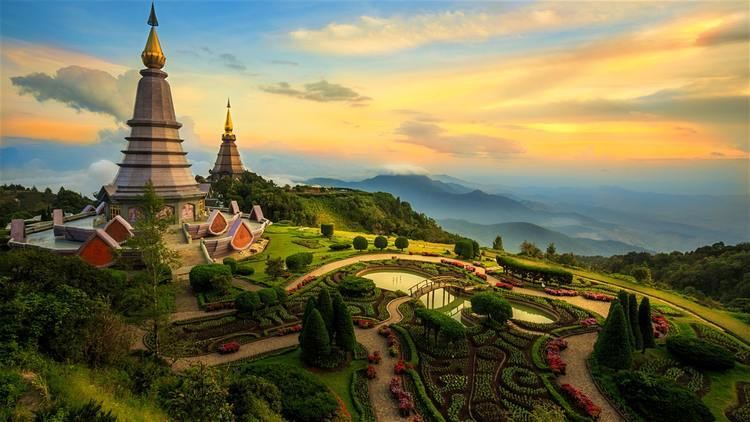
Chiang Mai's historic importance is derived from its close proximity to the Ping River and major trading routes.
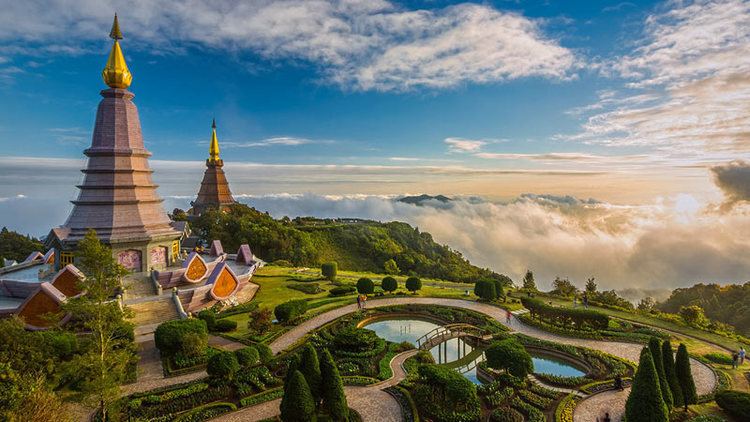
While officially the city (thesaban nakhon) of Chiang Mai only covers most parts of the Mueang Chiang Mai district with a population of 160,000, the city's sprawl extends into several neighboring districts. The Chiang Mai Metropolitan Area has a population of nearly one million people, more than half the total of Chiang Mai Province.
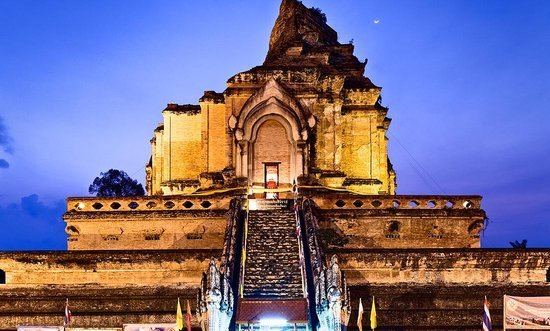
The city is subdivided into four wards (khwaeng): Nakhon Ping, Srivijaya, Mengrai, and Kawila. The first three are on the west bank of the Ping River, and Kawila is on the east bank. Nakhon Ping district comprises the north part of the city. Srivijaya, Mengrai, and Kawila consist of the west, south, and east parts, respectively. The city center—within the city walls—is mostly within Srivijaya ward.
Things to do in chiang mai thailand top attractions travel guide
Chiang mai thailand top 10 attractions my travel crowd
History
King Mengrai founded the city of Chiang Mai ("new city") in 1296 on the site of an older city of the Lawa people called Wiang Nopburi. Gordon Young, in his 1962 book The Hill tribes of Northern Thailand, mentions how a Wa chieftain in Burma told him that the Wa, a people who are closely related to the Lawa, once lived in the Chiang Mai valley in "sizeable cities".
Chiang Mai succeeded Chiang Rai as the capital of the Lan Na kingdom. Pha Yu enlarged and fortified the city, and built Wat Phra Singh in honor of his father Kham Fu. The ruler was known as the "chao". The city was surrounded by a moat and a defensive wall since nearby Burma was a constant threat, as were the armies of the Mongol Empire, which only decades earlier had conquered most of Yunnan, China, and in 1292 overran the bordering Thai Lü kingdom of Chiang Hung.
With the decline of the Lan Na Kingdom, the city lost importance and was occupied by the Burmese in 1556. Chiang Mai formally became part of Siam in 1775 by an agreement with Chao Kavila, after the Thai King Taksin helped drive out the Burmese. Because of Burmese counterattacks, Chiang Mai was abandoned between 1776 and 1791. Lampang then served as the capital of what remained of Lan Na. Chiang Mai then slowly grew in cultural, trading, and economic importance to its current status as the unofficial capital of Northern Thailand, second in importance only to Bangkok.
The modern municipality dates to a sanitary district (sukhaphiban) that was created in 1915. It was upgraded to a municipality (thesaban) on 29 March 1935, as published in the Royal Gazette, Book No. 52 section 80. First covering just 17.5 km2 (7 sq mi), the city was enlarged to 40.2 km2 (16 sq mi) on 5 April 1983.
Emblem
The city emblem shows the stupa at Wat Doi Suthep in its center. Below it are clouds representing the moderate climate in the mountains of Northern Thailand. There is a naga, the mythical snake said to be the source of the Ping River, and rice stalks, which refer to the fertility of the land.
Climate
Chiang Mai has a tropical wet and dry climate (Köppen Aw), tempered by the low latitude and moderate elevation, with warm to hot weather year-round, though nighttime conditions during the dry season can be cool and much lower than daytime highs. The maximum temperature ever recorded was 42.4 °C (108.3 °F) in May 2005.
Air pollution
A continuing environmental issue in Chiang Mai is the incidence of air pollution that primarily occurs every year towards the end of the dry season between February and April. In 1996, speaking at the Fourth International Network for Environmental Compliance and Enforcement conference—held in Chiang Mai that year—the Governor Virachai Naewboonien invited guest speaker Dr. Jakapan Wongburanawatt, Dean of the Social Science Faculty of Chiang Mai University, to discuss air pollution efforts in the region. Dr. Wongburanawatt stated that, in 1994, an increasing number of city residents attended hospitals suffering from respiratory problems associated with the city's air pollution.
During the February–March period, air quality in Chiang Mai often remains below recommended standards, with fine-particle dust levels reaching twice the standard limits.
According to the Bangkok Post, corporations in the agricultural sector, not farmers, are the biggest contributors to smoke pollution. The main source of the fires is forested area being cleared to make room for new crops. The new crops to be planted after the smoke clears are not rice and vegetables to feed locals. A single crop is responsible: corn. The haze problem began in 2007 and has been traced at the local level and at the macro-market level to the growth of the animal feed business. "The true source of the haze...sits in the boardrooms of corporations eager to expand production and profits. A chart of Thailand's growth in world corn markets can be overlaid on a chart of the number of fires. It is no longer acceptable to scapegoat hill tribes and slash-and-burn agriculture for the severe health and economic damage caused by this annual pollution." These data have been ignored by the government. The end is not in sight, as the number of fires has increased every year for a decade, and data shows more pollution in late-February 2016 than in late-February 2015.
The northern centre of the Meteorological Department has reported that low-pressure areas from China trap forest fire smoke in the mountains along the Thai-Myanmar border. Research conducted between 2005 and 2009 showed that average PM10 rates in Chiang Mai during February and March were considerably above the country's safety level of 120 μg/m3, peaking at 383 μg/m3 on 14 March 2007. According to the World Health Organization (WHO), the acceptable level is 50 μg/m3.
To address the increasing amount of greenhouse gas emissions from the transport sector in Chiang Mai, the city government has advocated the use of non-motorised transport (NMT). In addition to its potential to reduce greenhouse gas emissions, the NMT initiative addresses other issues such as traffic congestion, air quality, income generation for the poor, and the long-term viability of the tourism industry. It has been said that smoke pollution has made March "the worst month to visit Chiang Mai".
Religious sites
Chiang Mai has over 300 Buddhist temples ("wat" in Thai). These include:
Festivals
Chiang Mai hosts many Thai festivals, including:
Language
The inhabitants speak Kham Muang (also known as Northern Thai or Lanna). Historically, it is a dialect referred to as the Chiangsaen dialect (also a precursor Kingdom to Chiangmai and Chiangrai) still spoken in parts of northern Laos today, they speak this dialect among themselves, though Standard Thai is used in education and is understood by almost everyone. The script used to write this language, called Tua Mueang, is studied only by scholars, and the language is commonly written with the standard Thai alphabet. English is used in hotels and travel-related businesses.
Museums
Dining
Khantoke dinner is a century-old Lanna Thai tradition in Chiang Mai. It is an elaborate dinner or lunch offered by a host to guests at various ceremonies or parties, such as weddings, housewarmings, celebrations, novice ordinations, or funerals. It can also be held in connection with celebrations for specific buildings in a Thai temple and during Buddhist festivals such as Khao Pansa, Og Pansa, Loi Krathong, and Thai New Year (Songkran).
Education
Chiang Mai has several universities, including Chiang Mai University, Chiangmai Rajabhat University, Rajamangala University of Technology Lanna, Payap University, Far Eastern University, and Maejo University, as well as numerous technical and teacher colleges. Chiang Mai University was the first government university established outside of Bangkok. Payap University was the first private institution in Thailand to be granted university status.
Nature
Recreation
Transportation
A number of bus stations link the city to Central, Southeast, and Northern Thailand. The Central Chang Puak terminal (north of Chiang Puak Gate) provides local services within Chiang Mai Province. The Chiang Mai Arcade bus terminal north-east of the city (which can be reached with a songthaew or tuk-tuk ride) provides services to over 20 other destinations in Thailand including Bangkok, Pattaya, Hua Hin, and Phuket. There are several services a day from Chiang Mai Arcade terminal to Mo Chit Station in Bangkok (a 10- to 12-hour journey).
The state railway operates 10 trains a day to Chiang Mai Station from Bangkok. Most journeys run overnight and take approximately 12–15 hours. Most trains offer first-class (private cabins) and second-class (seats fold out to make sleeping berths) service. Chiang Mai is the northern terminus of the Thai railway system.
Chiang Mai International Airport receives up to 28 flights a day from Bangkok (flight time about 1 hour 10 minutes) and also serves as a local hub for services to other northern cities such as Chiang Rai, Phrae, and Mae Hong Son. International services also connect Chiang Mai with other regional centers, including cities in other Asian countries.
The locally preferred form of transport is personal motorbike and, increasingly, private car.
Local public transport is via tuk-tuk, songthaew, or rickshaws. Local songthaew fare is usually 20–50 baht per person for trips in and around the city. For groups, the fare per person is less. Tuk-tuk fare is usually at least 60–100 baht per trip (the vehicles are comfortable for two passengers, but some can squeeze in four passengers); fares increase with distance.
Tourism
According to Thailand's Tourist Authority, in 2013 Chiang Mai had 14.1 million visitors: 4.6 million foreigners and 9.5 million Thais. In 2016, tourist arrivals are expected to grow by approximately 10 percent to 9.1 million, with Chinese tourists increasing by seven percent to 750,000 and international arrivals by 10 percent to 2.6 million. Tourism in Chiang Mai has been growing annually by 15 percent per year since 2011, mostly due to Chinese tourists who account for 30 percent of international arrivals.
Chiang Mai is estimated to have 32,000–40,000 hotel rooms and Chiang Mai International Airport (CNX) is Thailand's fourth largest airport, after Suvarnabhumi (BKK) and Don Mueang (DMK) in Bangkok, and Phuket (HKT).
The Thailand Convention and Exhibition Bureau (TCEB) aims to market Chiang Mai as a global MICE city as part of a five-year plan. The TCEB forecasts revenue from MICE to rise by 10 percent to 4.24 billion baht in 2013 and the number of MICE travellers to rise by five percent to 72,424.
The influx of tourists has put a strain on the city's natural resources. Faced with rampant unplanned development, air and water pollution, waste management problems, and traffic congestion, the city has launched a non-motorised transport (NMT) system. The initiative, developed by a partnership of experts and with support from the Climate & Development Knowledge Network, aims to reduce greenhouse gas emissions and create employment opportunities for the urban poor. The climate compatible development strategy has gained support from policy-makers and citizens alike as a result of its many benefits.
Notable persons
Twin towns and sister cities
Chiang Mai has agreements with four sister cities:
